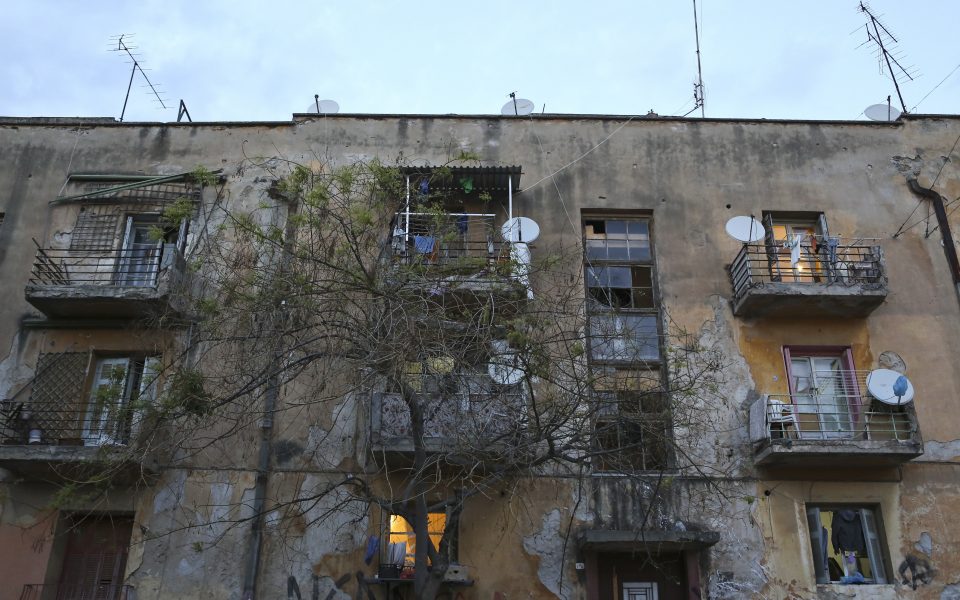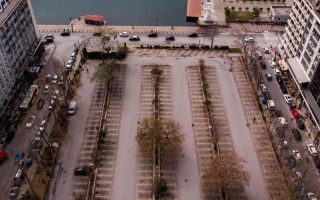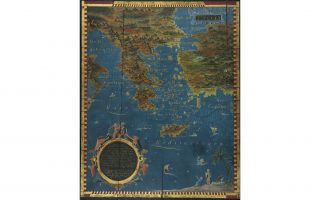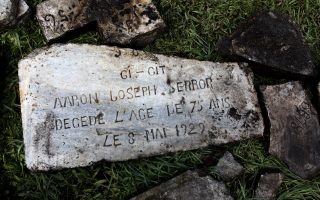Urban remnants of the refugees

Scattered in every Greek city are the remnants of buildings used to house refugees following the Asia Minor Campaign and the subsequent population exchange in 1923. Many of these homes have survived, whether as individual structures or in groups, providing to this day tremendous insight into the neighborhoods of Athens and other Greek cities.
The new year is expected to bring extensive debates on “inherited” collective memory as the celebrations of the bicentennial of the Greek revolution in 2021 come to an end and commemorations of the centenary of the Asia Minor Campaign begin.
It just so happens that these milestones are temporally close to each other, but each in its own way, the one after the other, and together symbolize the realization of the Greek nation state. The trauma of being uprooted for hundreds of thousands of Orthodox Christians from “our” near East is now an integral part of the urban topography of Athens, Thessaloniki and many other cities and villages. It birthed neighborhoods, it gave names to streets and squares and led to the osmosis that shaped the modern Greek identity.
However, there remains an open question on how to best manage this memory, especially its architectural and residential manifestation. The disregard for this important cultural heritage began as early as the first post-war years, where there was a pressing need to improve living standards for refugees. Along with the shanty towns, many interesting residential buildings were also swept away.
The “Prosfygika,” or Refugee Buildings, located on a central avenue of Athens are a defining example of this longstanding inertia and prevarication of both the state and society towards these architectural remnants. Their terrible – in every conceivable way – condition ensures the continued disregard by public opinion of these buildings. In an article featured in Kathimerini, Angelos Chaniotis, professor of ancient history and classics at the Institute for Advanced Study located in Princeton, NJ, wrote that the refugee tenements in central Athens are “truly monuments of the architectural history of Greece.” Their dilapidated facades belie and misrepresent their history, the people who lived there, and, of course, Athens itself.
Even now they could still be made into social apartments, surrounded by gardens. A walk through the tenement, a touch of international experience and primarily love for Athens and the history of the refugees, are enough to truly grasp and see them as the diamond in the rough that they are.
The centenary of the Asia Minor Campaign that will last until 2024 will create a series of quandaries. The urban landscape may be enriched to the benefit our collective memory as well as the future of our cities.





